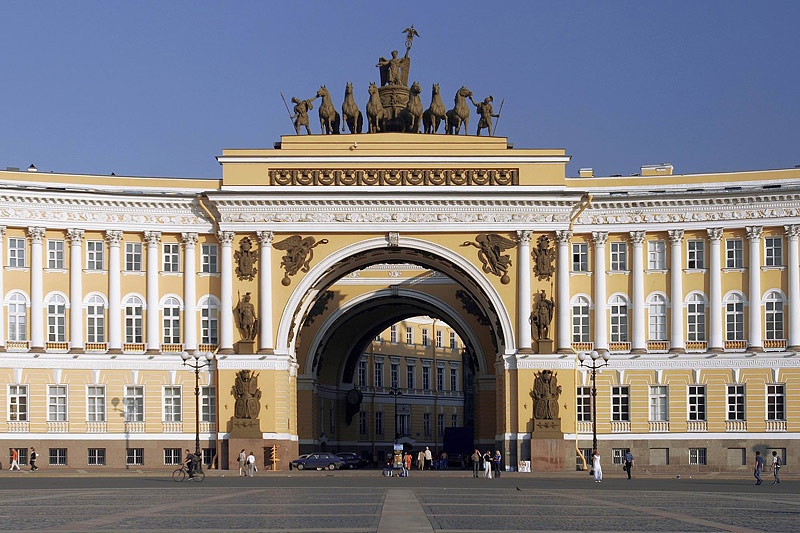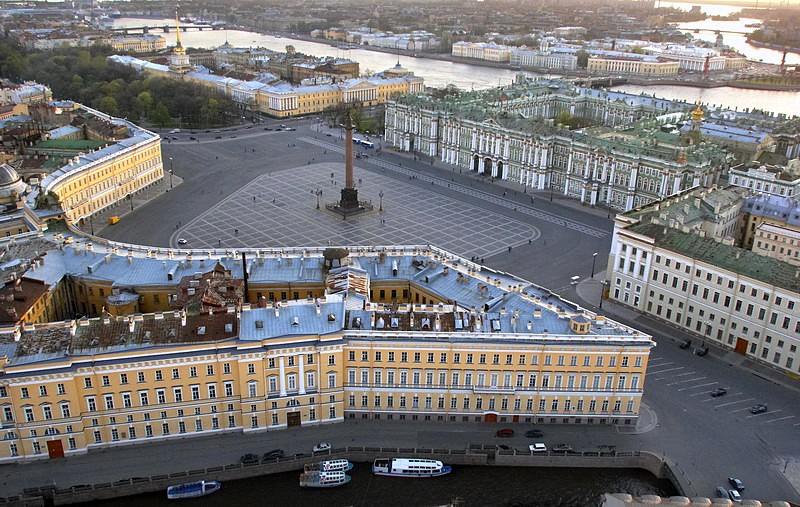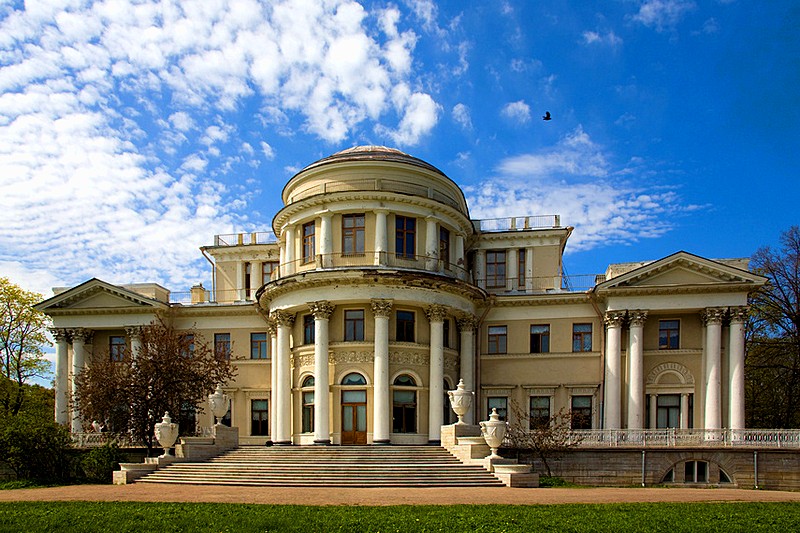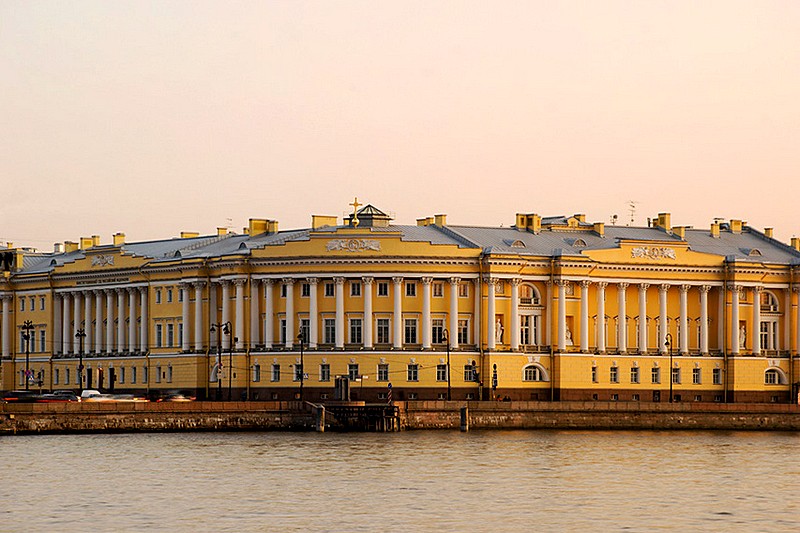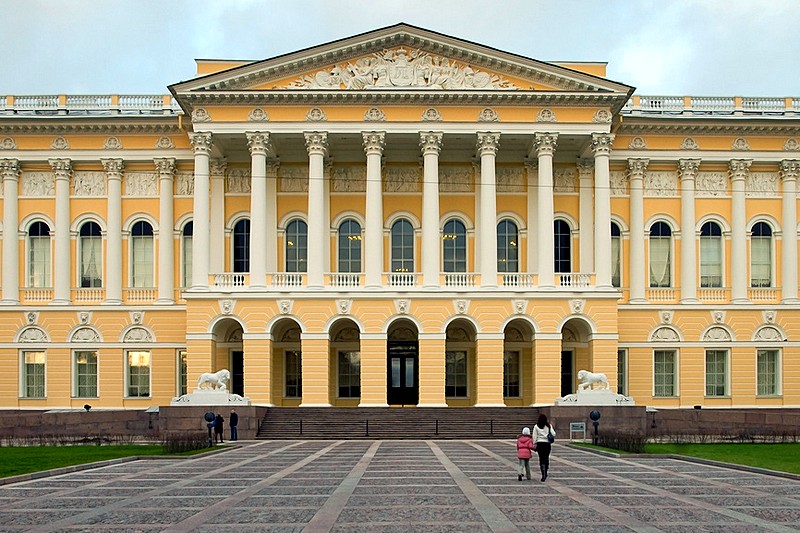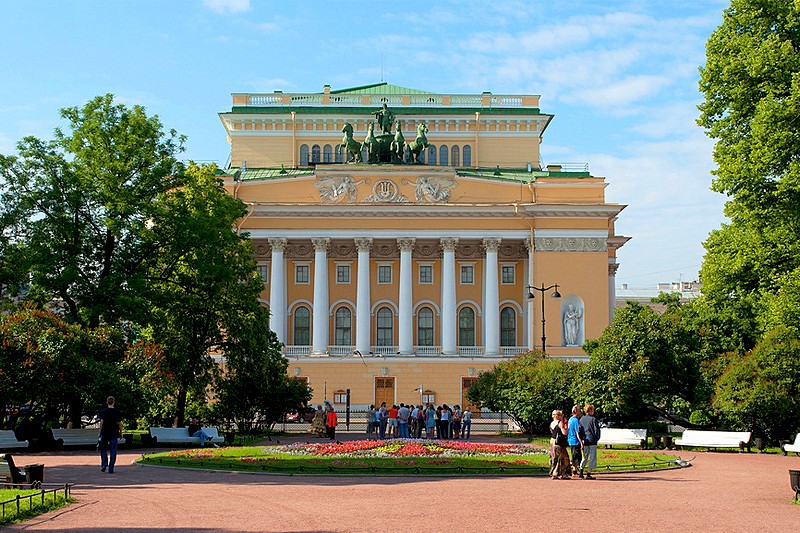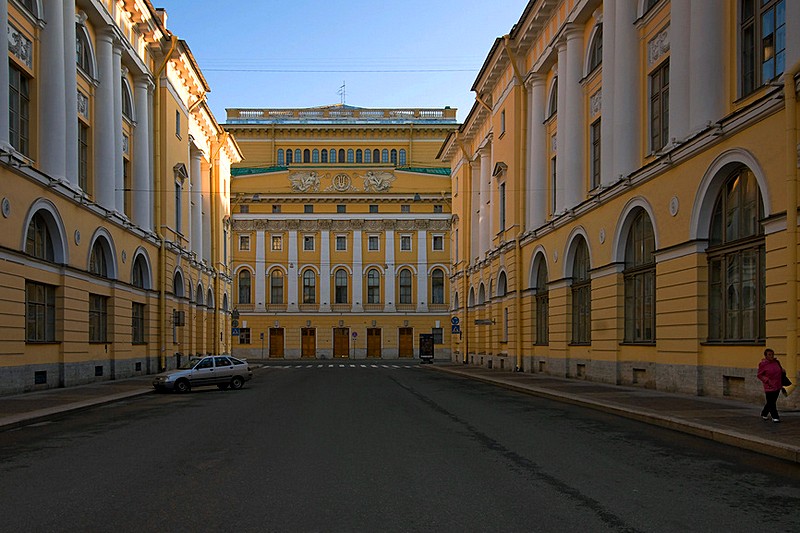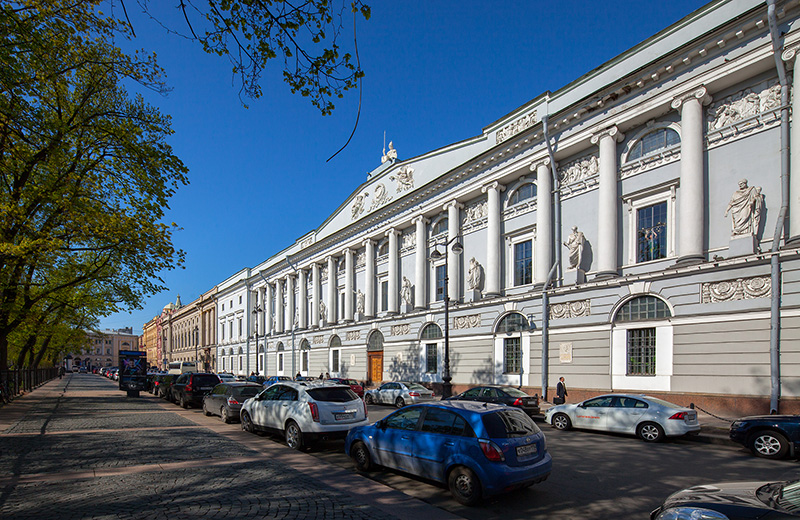Carlo di Giovanni Rossi
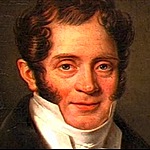
Architect
Born: Naples - 18 December 1775
Died: St. Petersburg - 6 April 1849
Carlo Rossi was the undisputed master of Empire style architecture in St. Petersburg, and his large-scale projects are responsible for some of the most beautiful and awe-inspiring vistas in the city. He first came to Russia in childhood, when his mother, the ballerina Gertruda Rossi, was invited to perform in St. Petersburg. He studied and worked with Vincenzo Brenna, before returning to Italy to complete his studies.
In 1806, he qualified as an architect, and his first major project was the neo-gothic St. Catherine Church in Moscow's Kremlin (destroyed by the Bolsheviks). He then reconstructed Catherine the Great's Travelling Palace in Tver in 1809. He returned to St. Petersburg in 1815, and the next year he was made a member of the Committee for Building and Hydraulic Works. He worked on the reconstruction of the Anichkov Palace (1816) and designed several pavilions in Pavlovsk (1815-1822), but his first major project was the Yelagin Palace, along with its conservatory and pavilions (1816-1818).
Over the following decade, Rossi did little less than single-handedly reconstruct the entire appearance of St. Petersburg as a city. His masterpieces were not simply single buildings, but involved reconstructing whole swathes of the city centre around landmark focal buildings. The first such project was the Mikhailovskiy Palace (now the State Russian Museum) along with Mikhailovskiy Ploshchad (now Ploshchad Iskusstv or "Arts Square"), its garden, and the streets running off it (1819-1825). Simultaneously, he was designing the vast General Staff Building on Palace Square, and he completed reconstruction of Manezhnaya Ploshchad (1823-1824). He went on to complete two similarly monumental projects - Senatskaya Ploshchad ("Senate Square") and the Senate and Synod Building (1829-1834), and the Alexandrinsky Theatre, along with Alexandrinskaya Ploshchad, the Russian National Library and Teatralnaya Ulitsa, renamed Ulitsa Zodchego Rossi ("Street of the Architect Rossi") in his honour (1829-1832).
In 1832, Rossi argued with the Emperor and his advisors. Granted his own box in the Alexandrinsky Theatre close to the Imperial Box, the architect had supplemented his income by renting it out to the highest bidders. This Nicholas I found utterly unacceptable and rescinded the grant. Rossi retired from his profession and disappeared completely from public life. He died, seemingly of cholera, in 1849 and was buried in the Volkovskoye Lutheran Cemetery. During the Soviet era, his tomb and remains were transferred to the Alexander Nevsky Monastery.
Works: Anichkov Palace, Yelagin Palace, Mikhailovsky Palace (State Russian Museum), Mikhailovskaya Ploshchad, General Staff Building, Manezhnaya Ploshchad, Mikhailovsky Manezh (Winter Stadium), Mikhailovsky Castle Stables, Senatskaya Ploshchad (Senate Square), Senate and Synod Building, Alexandrinsky Theatre, Alexandrinskaya Ploshchad, Russian National Library, Ulitsa Zodchego Rossi, Univeristy of Culture (Saltykov House), Coffee House in the Summer Garden, Ministry of Internal Affairs
Monuments and memorials: Monument to Italian Architects on Manezhnaya Ploshchad, Tomb in the Alexander Nevsky Monastery
Addresses: 11, Italyanskaya Ulitsa (1838)
Connected with: Vincenzo Brenna, Stepan Pimenov, Vasiliy Demuth Malinovsky

